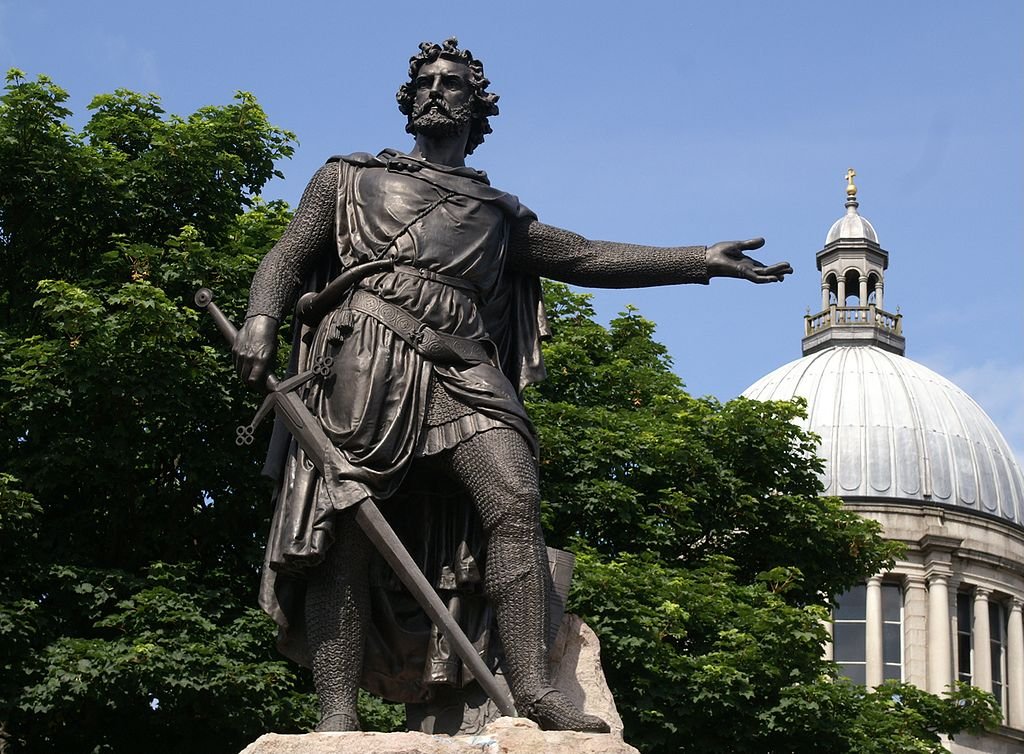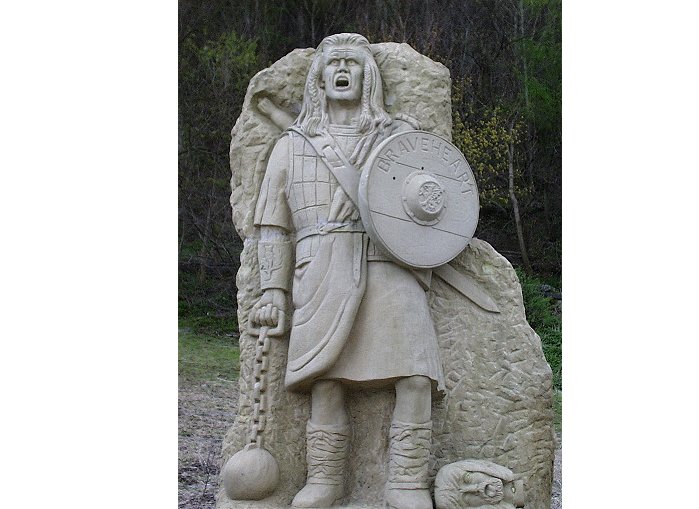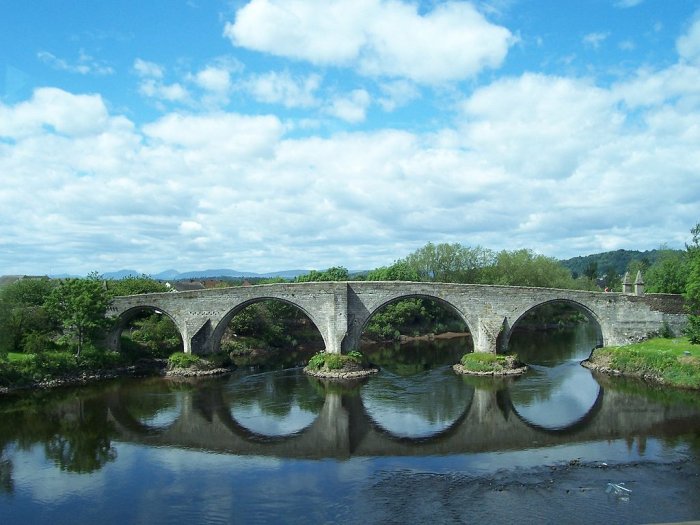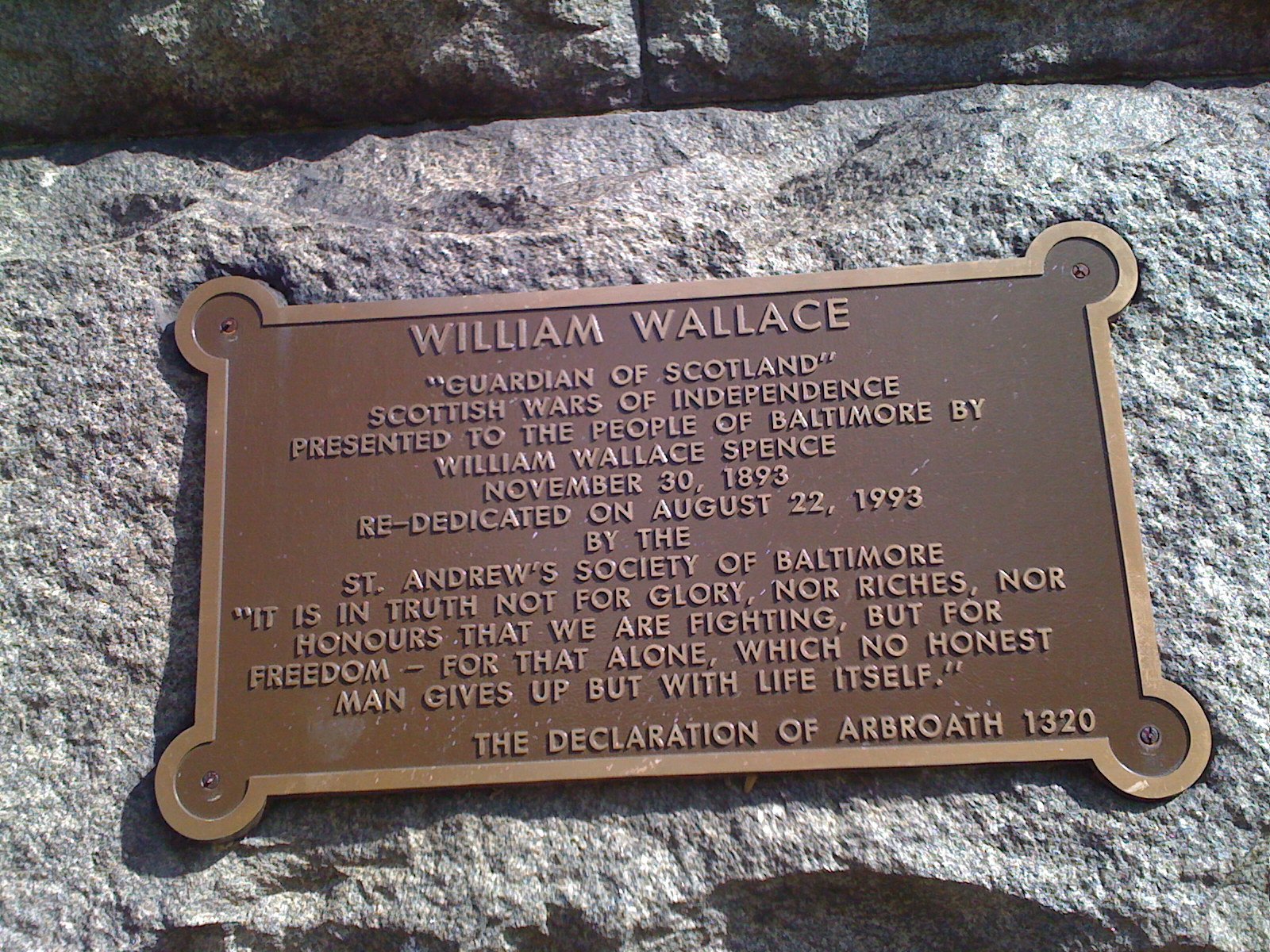Sir William Wallace: Brave Scottish Knight And Legendary Hero
Ellen Lloyd - AncientPages.com - Sir William Wallace was an outlaw to the Englishmen. To the Scots, he was a brave freedom fighter, a legendary hero.
William Wallace Statue, Aberdeen. Credit: Axis12002 - Wikimedia - Public Domain
After winning a tough battle and defeating English troops, Sir William Wallace became a knight and is today celebrated as one of Scotland's most significant national heroes.
He was a leader of the Scottish resistance forces during the first years of the long and ultimately successful struggle to free Scotland from English rule.
Who Was Sir William Wallace?
Sir William Wallace was born in the 1270s in Elderslie in Renfrewshire, Scotland. He was the younger son of Alan Wallace, a Scottish landowner. Very little is known about his early years, and there are significant periods of his life for which there are no reliable sources.
In the Scotichronicon, around the end of the 14th century, Walter Bower describes Wallace as:
"...a tall man with the body of a giant, cheerful in appearance with agreeable features, broad-shouldered and big-boned... pleasing in appearance but with a wild look, broad in the hips, with strong arms and legs, a most spirited fighting-man, with all his limbs very strong and firm."
This statue stands at the base of the William Wallace Memorial near Stirling Castle in Scotland. Credit: Bothar - CC BY-SA 3.0
William Wallace was 27 years old when his country lost its freedom, and in a short time, he became a key figure in Scotland's struggle for independence. Still, English authorities saw Wallace as nothing more than a dangerous outlaw. One of the reasons was that Wallace killed the son of an English constable in Dundee and may also have killed two English soldiers who demanded the fish he had caught at Irvine Water.
The Battle Of Stirling Bridge - A Historical Scottish Military Success
In 1296, Edward I of England forced Scottish king John de Balliol, a weak king, to abdicate the throne, jailed him, and declared himself ruler of Scotland. Within months, Scottish unrest was widespread.
Wallace fought a guerrilla war against English rule.
In May 1297, he attacked the town of Lanark, killing the English sheriff. Men quickly flocked to join Wallace's rebellion, and he began to drive the English out of Fife and Perthshire.
In September 1297, Wallace defeated a much larger English force at the Battle of Stirling Bridge. William Wallace and Andrew Moray had arrived at Abbey Craig, north of Stirling, before the English army.
Stirling Bridge. Davidmeisner - Public Domain
They watched from the hilltop as the English force - made up of English, Welsh and Scots knights, archers, and foot soldiers - made camp to the south of the river.
The English army confronted Wallace and his men at the Forth River near Stirling. Wallace's forces were vastly outnumbered, but the English had to cross a narrow bridge over the Forth before reaching Wallace and his growing army. With strategic positioning on their side, Wallace's forces massacred the English as they crossed the river, and Wallace gained an unlikely and crushing victory.
Wallace then launched raids into England. Wallace captured Stirling Castle, and Scotland was nearly free of occupying English forces for a brief time. Subsequent military successes severely weakened the English hold on Scotland.
Later in October of the same year, Wallace invaded northern England and ravaged Northumberland and Cumberland counties. However, his unconventionally brutal battle tactics only antagonized the English even more. He reportedly flayed a dead English soldier and kept his skin as a trophy.
Sometime in late 1297 or early 1298, Wallace was knighted and appointed 'guardian of the kingdom' in the name of John Balliol, the deposed king of Scotland.
Stirling Castle in Scotland. Finlay McWalter - CC BY-SA 3.0
Wallace Forces Defeated In The Battle Of Falkirk
On July 22, Wallace's troops were defeated in the Battle of Falkirk. Wallace escaped, but to him, this was the beginning of the end. His military reputation was ruined, and he resigned his guardianship.
What happened next is not entirely clear, and his movements are unknown. At some point, Wallace traveled to France to seek support for the Scottish cause. In 1303 he returned to Scotland.
The Execution Of The Legendary Scottish Hero
The situation changed when Wallace spent time abroad. Robert Bruce had accepted a truce with Edward I, and in 1304, John Comyn came to terms with the English.
The English king offered a large sum of money to anyone who killed or captured Wallace, who was excluded from these terms.
In August 1305, Wallace was seized in or near Glasgow and transported to London. He was charged and tried with treason, which he denied, saying he had never sworn allegiance to the English king. His execution took place on August 23. He was hung, drawn, and quartered. His head was placed on London Bridge, and his limbs were displayed in Newcastle, Berwick, Stirling, and Perth.
700-Year-Old Letter of William Wallace - Returned To Scotland After Seven Centuries
Few traces remain of Scottish hero William Wallace, the medieval knight who fought against English oppression.
National Wallace Monument - commemorating Sir William Wallace, a 13th-century Scottish hero. (A 67-metre tower was erected in the 1850s on the shoulder of Abbey Craig, a hill overlooking Stirling, Scotland. Image credit: ArtefactPorn - source
After spending the last seven centuries in England, one of two surviving documents associated with the legendary freedom fighter returned to Scotland in 2012.
King Philip IV of France issued the 700-year-old letter on behalf of William Wallace. Experts think Wallace might have personally obtained the brief but official note while championing Scotland's cause in France in 1300. Discovered in the Tower of London in the 1830s, the postcard-sized document sheds light on the freedom fighter's poorly understood whereabouts and activities between 1298, when he lost to the English at Falkirk, and 1304, when he resumed his rebellion.
Dated November 7, 1300, and penned in Latin, the French king's letter corroborates reports of Wallace's mission to France and hints at what he planned to do next. In the note, Philip addressed a group of unnamed French royal agents posted at the papal court in Rome.
By artist David Watson Stevenson, a member of the Royal Academy of Scotland, this magnificent monument was presented to the City of Baltimore. Credit: St. Andrew's Society of Baltimore
He wrote: "We command you that you ask the Supreme Pontiff to consider with favor our beloved William le Wallace of Scotland, knight, concerning those things which concern him that he has to expedite."
Wallace's intended business with Pope Boniface VIII has puzzled scholars since the document surfaced 180 years ago, mainly since there is no evidence that he made it to Rome. It is also unclear whether the Scottish warrior carried the note himself.
Some experts, including British historian Geoffrey Barrow, have theorized that the letter was one of several "safe conducts" known to have been in Wallace's possession when the English arrested him in 1305. If that is the case, it could explain how the document ended up in London, the site of Wallace's brutal execution.
His execution later inspired the 1995 movie "Braveheart."
Written by - Ellen Lloyd – AncientPages.com
Updated on January 29, 2024
Copyright © AncientPages.com All rights reserved. This material may not be published, broadcast, rewritten or redistributed in whole or part without the express written permission of AncientPages.com
Expand for referencesMore From Ancient Pages
-
 First Americans Reached The Continent 15,000 Years Earlier Than Previously Thought – Chiquihuite Cave Reveals
Archaeology | Jul 22, 2020
First Americans Reached The Continent 15,000 Years Earlier Than Previously Thought – Chiquihuite Cave Reveals
Archaeology | Jul 22, 2020 -
 Incredible Ancient Extinct World Of Unknown Organisms Discovered
Evolution | Jun 8, 2023
Incredible Ancient Extinct World Of Unknown Organisms Discovered
Evolution | Jun 8, 2023 -
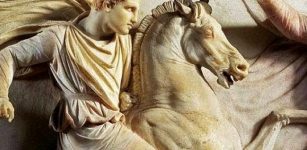 Why Was Alexander A Great Military Genius?
Ancient History Facts | Oct 23, 2018
Why Was Alexander A Great Military Genius?
Ancient History Facts | Oct 23, 2018 -
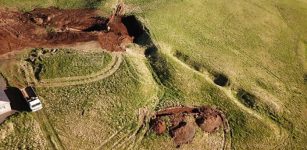 Surprising Discoveries In Mysterious Giant Viking-Era Cave In Iceland Can Confirm Norse Sagas
Archaeology | May 31, 2022
Surprising Discoveries In Mysterious Giant Viking-Era Cave In Iceland Can Confirm Norse Sagas
Archaeology | May 31, 2022 -
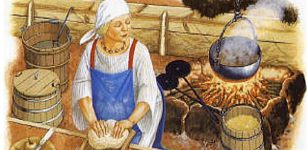 Cooking Gear Found In Graves Of Viking Men And Women
Archaeology | Jun 27, 2019
Cooking Gear Found In Graves Of Viking Men And Women
Archaeology | Jun 27, 2019 -
 Kava – Astonishing Ancient Plant That Improves Emotional Intelligence Is Gaining Popularity In The Western World
Featured Stories | Mar 31, 2018
Kava – Astonishing Ancient Plant That Improves Emotional Intelligence Is Gaining Popularity In The Western World
Featured Stories | Mar 31, 2018 -
 Aztec Skull Whistles: Unique, Terrifying Instruments With Scary And Scream-Like Nature That Paralized Human’s Mind
Archaeology | Nov 18, 2024
Aztec Skull Whistles: Unique, Terrifying Instruments With Scary And Scream-Like Nature That Paralized Human’s Mind
Archaeology | Nov 18, 2024 -
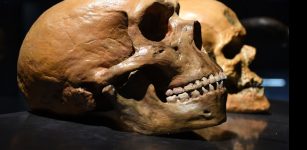 Human And Neanderthal Brains Have A Surprising ‘Youthful’ Quality In Common – New Study
Featured Stories | Jan 6, 2023
Human And Neanderthal Brains Have A Surprising ‘Youthful’ Quality In Common – New Study
Featured Stories | Jan 6, 2023 -
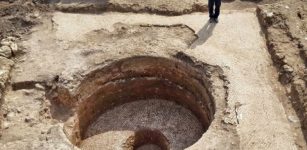 Large 1,500-Year-Old Winepress Unearthed In Area Once Known For Wine production.
Archaeology | Oct 29, 2015
Large 1,500-Year-Old Winepress Unearthed In Area Once Known For Wine production.
Archaeology | Oct 29, 2015 -
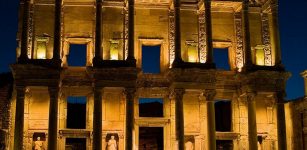 City Of Ephesus And Celsus Library With More Than 12,000 Scrolls
Featured Stories | Sep 17, 2015
City Of Ephesus And Celsus Library With More Than 12,000 Scrolls
Featured Stories | Sep 17, 2015 -
 Oldest Known Evidence Of Artificial Cranial Deformation Revealed In Croatia
Archaeology | Aug 26, 2019
Oldest Known Evidence Of Artificial Cranial Deformation Revealed In Croatia
Archaeology | Aug 26, 2019 -
 Surprising Ancient Signs Found On The Ceiling Of An Egyptian Temple In Saqqara Could Rewrite History
Featured Stories | Oct 29, 2024
Surprising Ancient Signs Found On The Ceiling Of An Egyptian Temple In Saqqara Could Rewrite History
Featured Stories | Oct 29, 2024 -
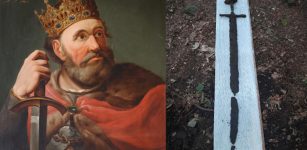 Stunning Discovery Of 1,000-Year-Old Knight’s Sword From Reign Of Poland’s First King Bolesław The Brave
Archaeology | Jul 28, 2022
Stunning Discovery Of 1,000-Year-Old Knight’s Sword From Reign Of Poland’s First King Bolesław The Brave
Archaeology | Jul 28, 2022 -
 Treasure Trove Of Spices Found On The Sunken Medieval Ship Gribshunden
Archaeology | Feb 11, 2023
Treasure Trove Of Spices Found On The Sunken Medieval Ship Gribshunden
Archaeology | Feb 11, 2023 -
 Anundshög Burial Mound: One Of Sweden’s Richest And Largest Sacred Ancient Sites
Featured Stories | Aug 29, 2018
Anundshög Burial Mound: One Of Sweden’s Richest And Largest Sacred Ancient Sites
Featured Stories | Aug 29, 2018 -
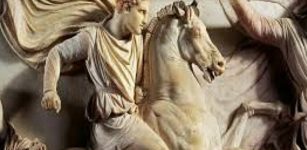 On This Day In History: Alexander The Great Died In Babylon – On June 11, 323 BC
News | Jun 11, 2016
On This Day In History: Alexander The Great Died In Babylon – On June 11, 323 BC
News | Jun 11, 2016 -
 When And Why Negev Highlands’ Agricultural Settlement Was Abandoned? – Researchers Have Answers
Archaeology | Jul 28, 2020
When And Why Negev Highlands’ Agricultural Settlement Was Abandoned? – Researchers Have Answers
Archaeology | Jul 28, 2020 -
 Michael Scott – Fascinating Wizard Who Tutored The Holy Roman Emperor Frederick II
Featured Stories | Mar 7, 2025
Michael Scott – Fascinating Wizard Who Tutored The Holy Roman Emperor Frederick II
Featured Stories | Mar 7, 2025 -
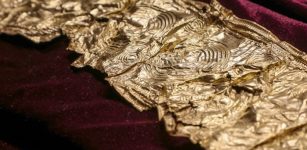 Unique Ornamented Golden Bronze Age Belt Discovered Near Opava, Czech Republic
Artifacts | Oct 28, 2022
Unique Ornamented Golden Bronze Age Belt Discovered Near Opava, Czech Republic
Artifacts | Oct 28, 2022 -
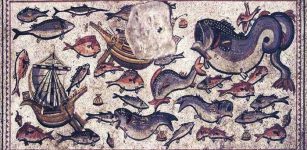 Stunning Ancient Lod Mosaic With Message Of Approaching Danger To The Ship At Sea
Artifacts | Aug 14, 2023
Stunning Ancient Lod Mosaic With Message Of Approaching Danger To The Ship At Sea
Artifacts | Aug 14, 2023

